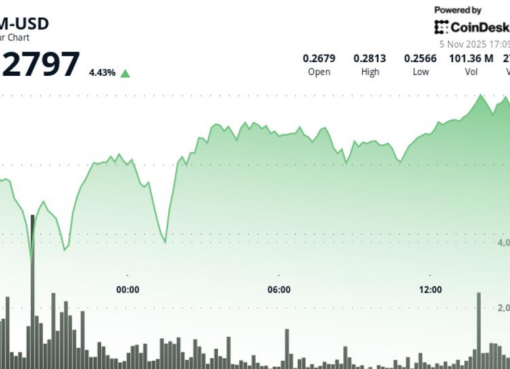5th February 2021
The latest Sandbox report is from medicines company Novartis, which uses innovative science and digital technologies to help transform patient care and improve their experiences and outcomes.
When Novartis entered the Sandbox in July 2019 the original vision was for a voice-enabled web portal allowing patients to fill in health questionnaires from home – retaining a high standard of care but reducing unnecessary face to face appointments.
The ‘Digital Solution’ was designed to allow clinicians to draw upon the data provided online by patients, examine any changes to their patient’s condition and allow prioritisation of patients who need to be seen more urgently in clinic. Engaging with patients from their perspective remotely, allows for better clinical decision-making and less footfall in clinics.
As the pandemic progressed, Novartis made the decision to develop the solution, without the original voice element, in order to offer more immediate support to the NHS and its patients during the COVID-19 crisis and beyond.
The ICO Sandbox provided support to Novartis on controller/processor relationships; transparency on the use of patients’ data; consideration of automated decision-making, and the privacy implications of voice enabled technology. The report can be read in full here.
Working with Novartis through the Sandbox has allowed the ICO to build on its existing knowledge of complex business relationships.
The project has provided the ICO and Novartis, with valuable insight into the use of speech and voice data, in terms of the processing carried out by voice technology vendors in the consumer market and how the risks could translate into using voice technology in clinical settings.
By teaming up with the ICO Sandbox, Novartis has put its plans to develop this technology further on a strong footing in data protection law.


